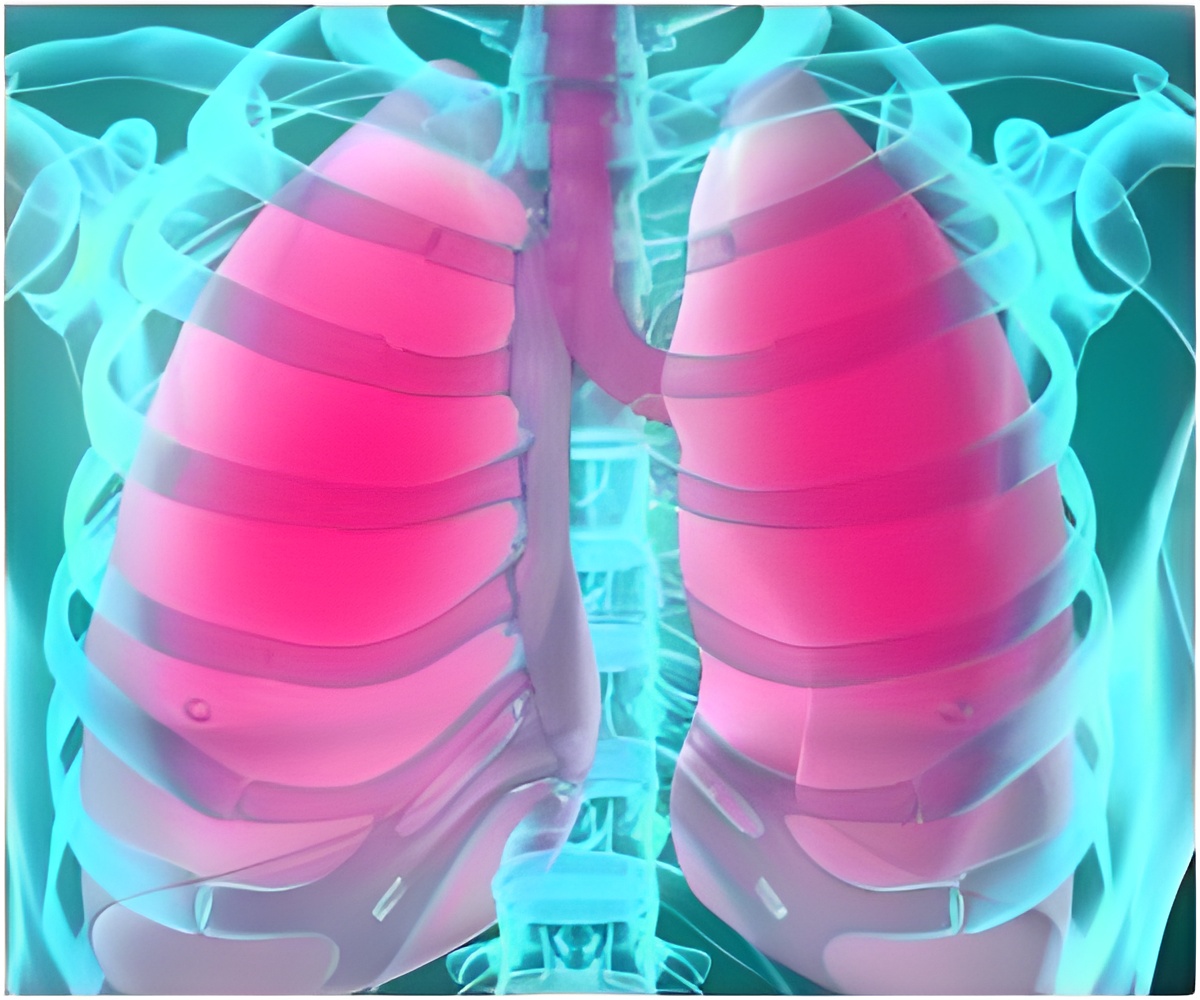
Over the last 50 years, survival in individuals with cystic fibrosis has improved dramatically with the average age of death rising from six months in 1959 to 27 years in 2008, largely due to better health care provision. Around 20 years ago, it was shown that age at death was higher among men and those from socioeconomically advantaged backgrounds.
But is this still the case?
A team of researchers based at the University of Nottingham decided to test the theory that improved healthcare provision has led to a decline in these socioeconomic and sex differences. They analysed all registered deaths from cystic fibrosis in England and Wales from 1959 to 2008.
Between 1959 and 2008, the median age at death increased from age band 0-4 years to age band 25-29 years, and from the mid 1970s onwards tended to be higher in males than females.
After adjusting for socioeconomic status, males were more likely to die above the median age than females in the 1970s and 1980s. Median age at death was also significantly higher in males compared with females between 2000 and 2008.
Between 1959 and 2000, median age at death was higher in the 'non manual' occupation group compared with the 'manual' group. Between 2001 and 2008, median age at death also tended to be higher in the 'professional and managerial' group compared with the 'routine and manual' group.
"Healthcare workers should be aware that females and low socioeconomic status are associated with poorer outcomes than males and high socioeconomic status," conclude the authors. They suggest that environmental factors or varying access to healthcare might account for some of these differences.
In an accompanying editorial, experts say that the early appearance and persistence of inequalities support the need for early interventions and reinforce the importance of screening for cystic fibrosis in newborns.
One obvious target for action, they say, is to protect newly diagnosed children from environmental tobacco smoke, while future research should investigate and put into practice the most effective ways to reduce the socioeconomic gradient in health.
Source-Eurekalert











